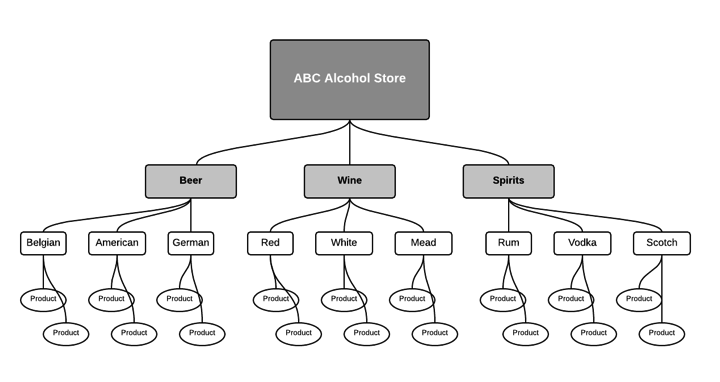In the Internet marketing world, the pitting of information architecture (IA) versus search engine optimization (SEO) goals elicits Cold War-like rhetoric on both sides of the argument. Those in camp IA draw their battle-lines along the priorities of usability and logical information architecture. Camp SEO retaliates with a barrage of on-page optimization techniques that often trump website usability.
The Cold War between these two perspectives is now (mostly) over thanks to major advances in search engine algorithms. Unfortunately, in our day-to-day work with client projects, we regularly experience pockets of resistance from those steadfastly devoted to old school practices that are no longer valid.
In reality, SEO and information architecture goals can easily converge into compelling strategy. The following is the first in a series of best practices for aligning your own organization’s IA and SEO goals under the same unified flag.
The Pyramid Information Architecture Structure
The information architecture of your website’s data has a profound affect on both usability and SEO. The good news is that adopting a logical pyramid structure that features broad content higher up in the architecture, while more topical and detailed content resides deeper in the architecture, supports both information architecture and SEO goals.
Here’s an example of what this architecture might look like:

From a logical information architecture standpoint, the pyramid structure provides you with a website that is easily navigable. If you have a hankering to explore a new Belgian Wheat Ale, a quick click on the major menu “beer”, followed by the sub-menu “Belgian” brings you to your area of interest.
From an SEO perspective, pages higher in the information architecture will have greater representative weight than pages lower in the information architecture. As a result, the ABC Alcohol Store website will be viewed as most relevant for beer, wine and spirits, rather for a specific product or brand of beer, wine or spirit.
The benefits of this are two-fold. First, the pyramid information architecture structure increases the possibility that the broad menu items (beer, wine, and spirits) will be able to rank organically in search engines under the most competitive keywords – which are generally broad keywords.
This structure also establishes a weighted information hierarchy. Every page on your website has link equity associated with it. The more links connecting to a page, the higher the link equity score as seen in the eyes of search engines. Naturally, the primary navigation menu, which generally exists on all pages of the website, will establish a large number of in-bound links to the main sections (beer, wine and spirits), which establishes their authority.
Alternatively, if a pyramid information architecture structure wasn’t used and ABC Alcohol Store opted to establish a primary navigation system that included 20 different varietals of beer, 20 different types of wine, and 20 different spirits, the weighted information hierarchy (along with link equity) becomes watered down.
Not only does this have a negative impact on SEO, it also has a negative impact on navigability, which is a primary goal of IA strategy. And there you have it! Information Architecture and SEO co-existing happily.
Need Help with Your Information Architecture and SEO?
Crescent Leaf Technologies helps businesses achieve better Internet marketing processes through sound fundamentals, including a well-planned information architecture and internal site linking strategy. Contact us today to learn how we can help your organization.

